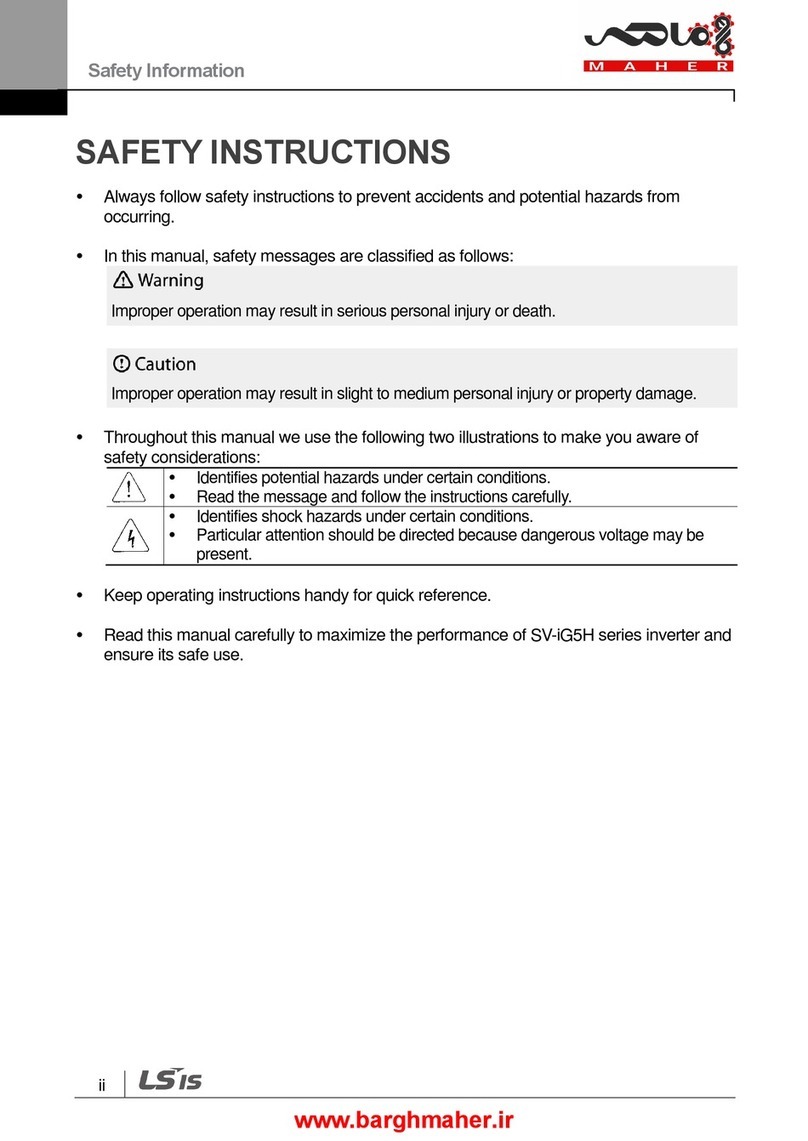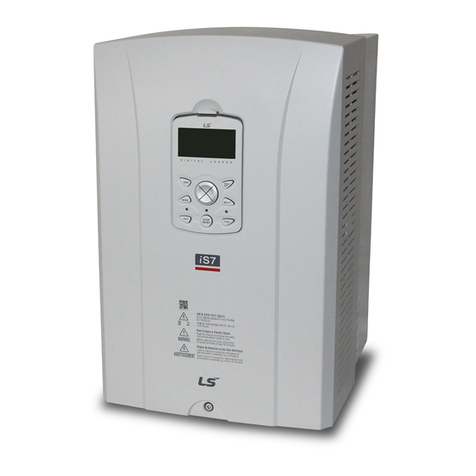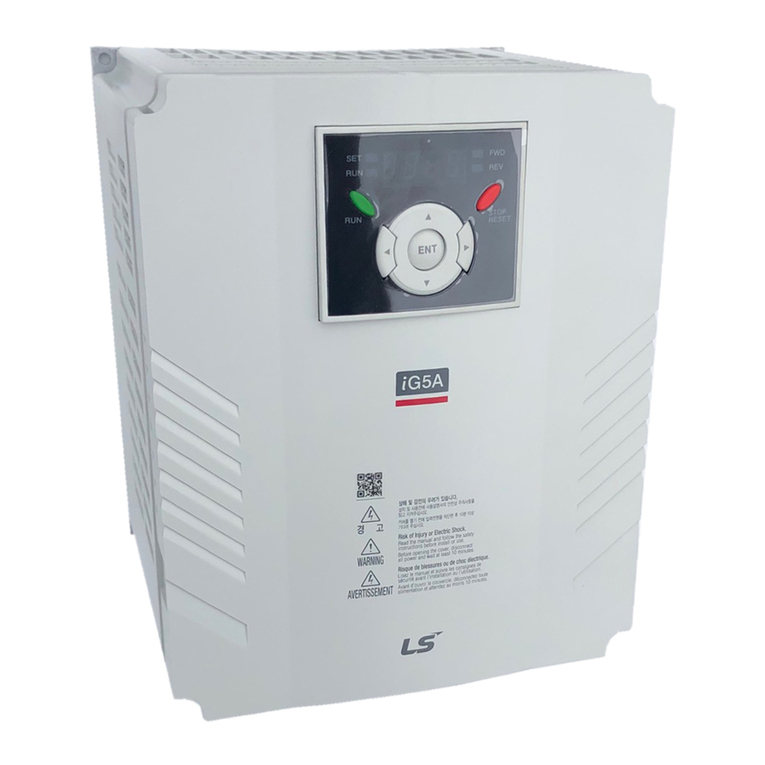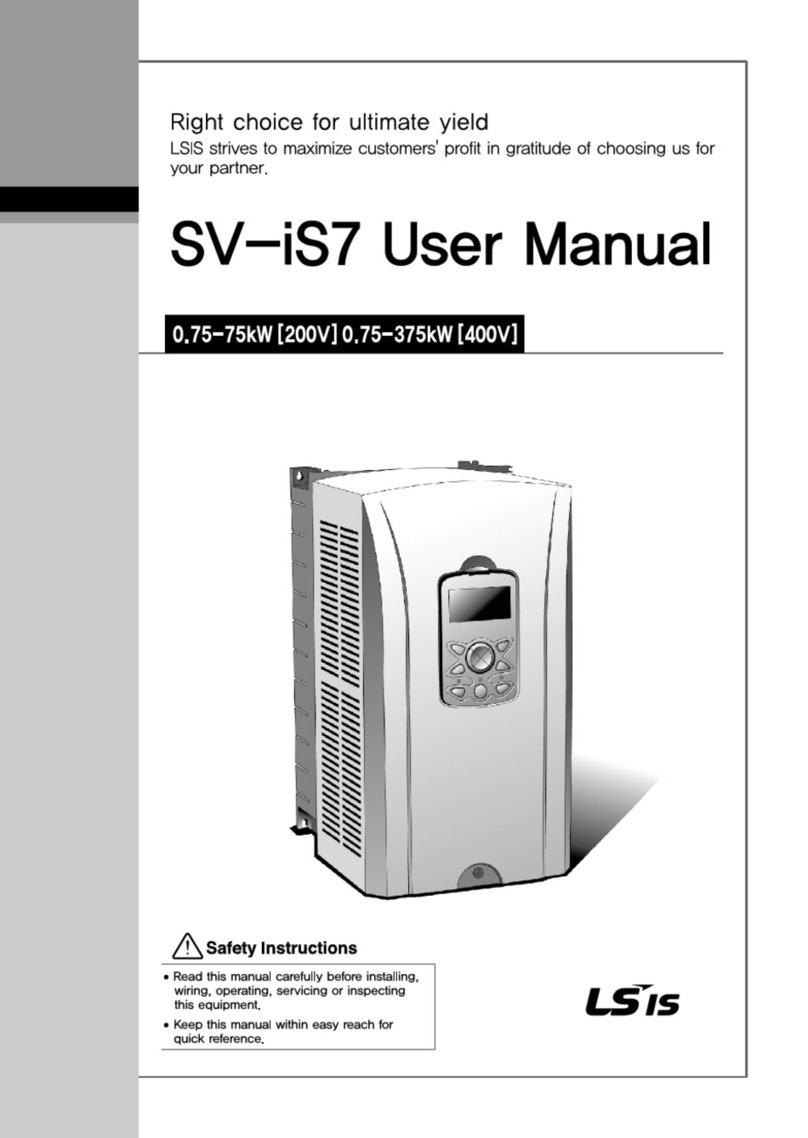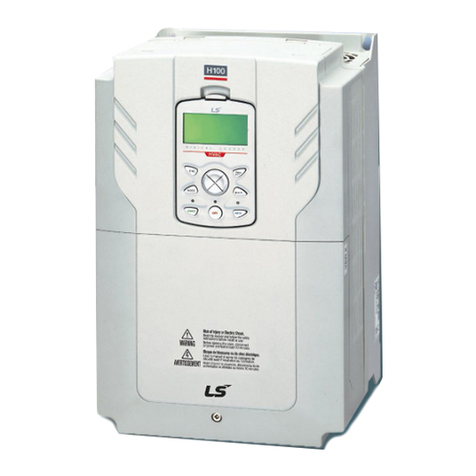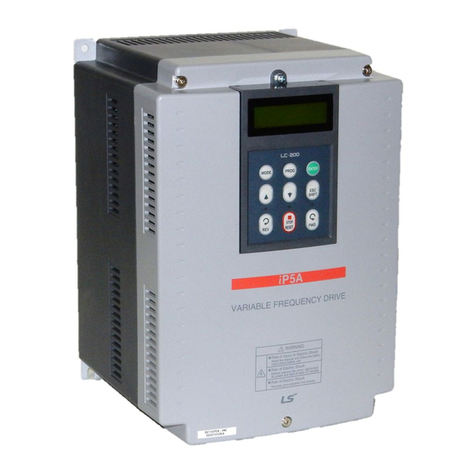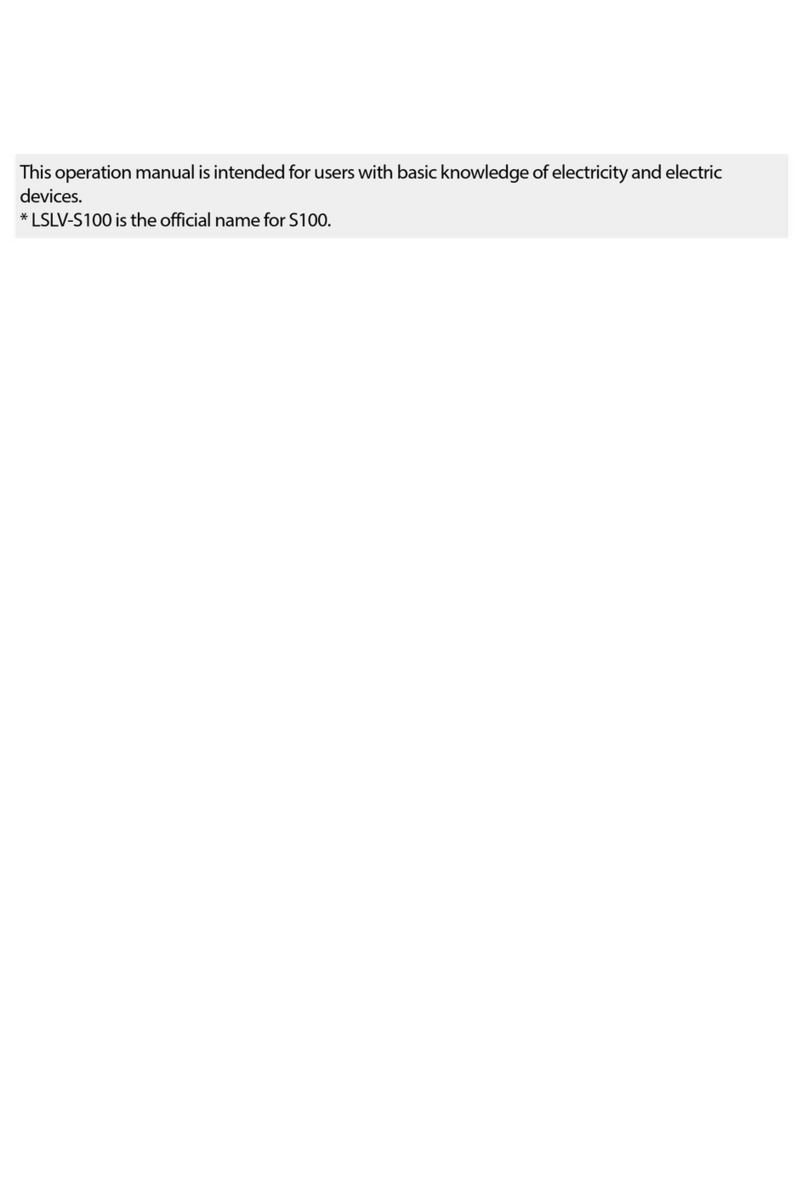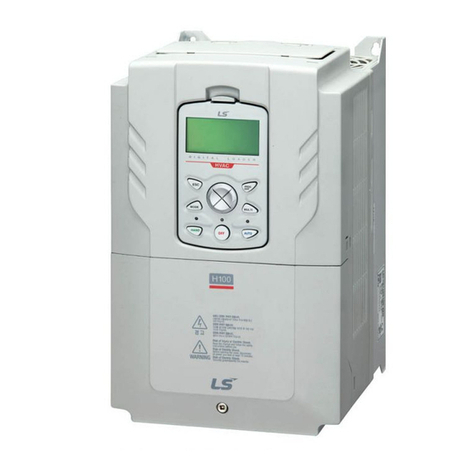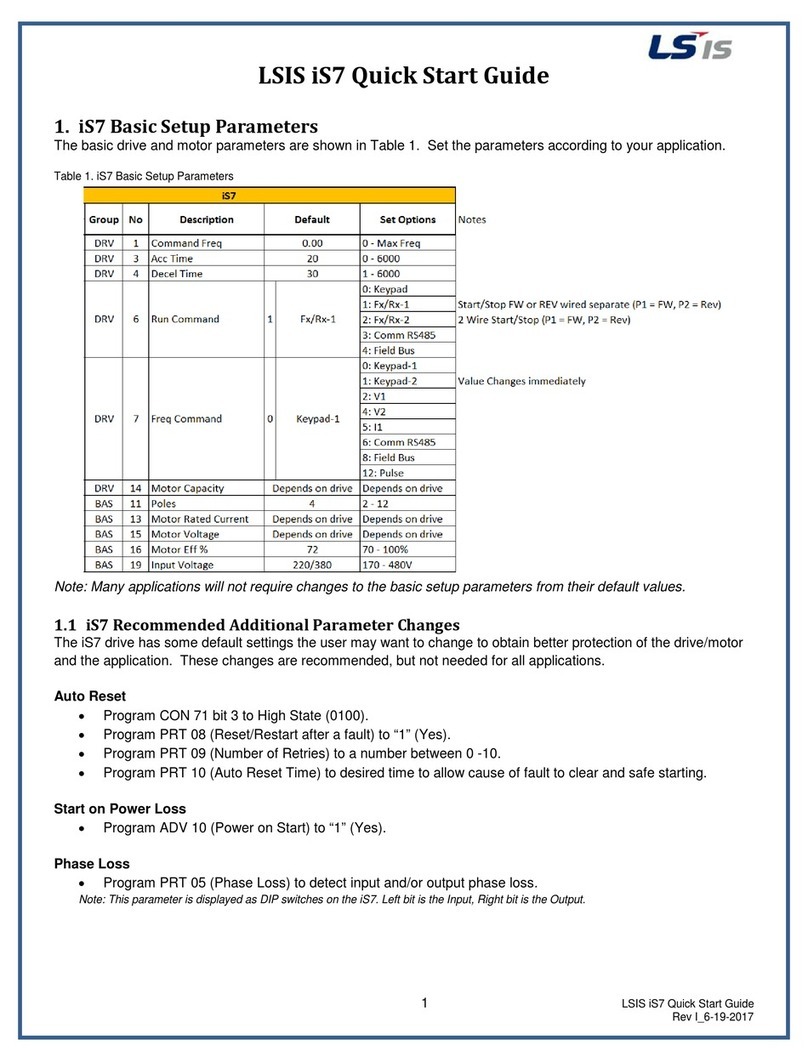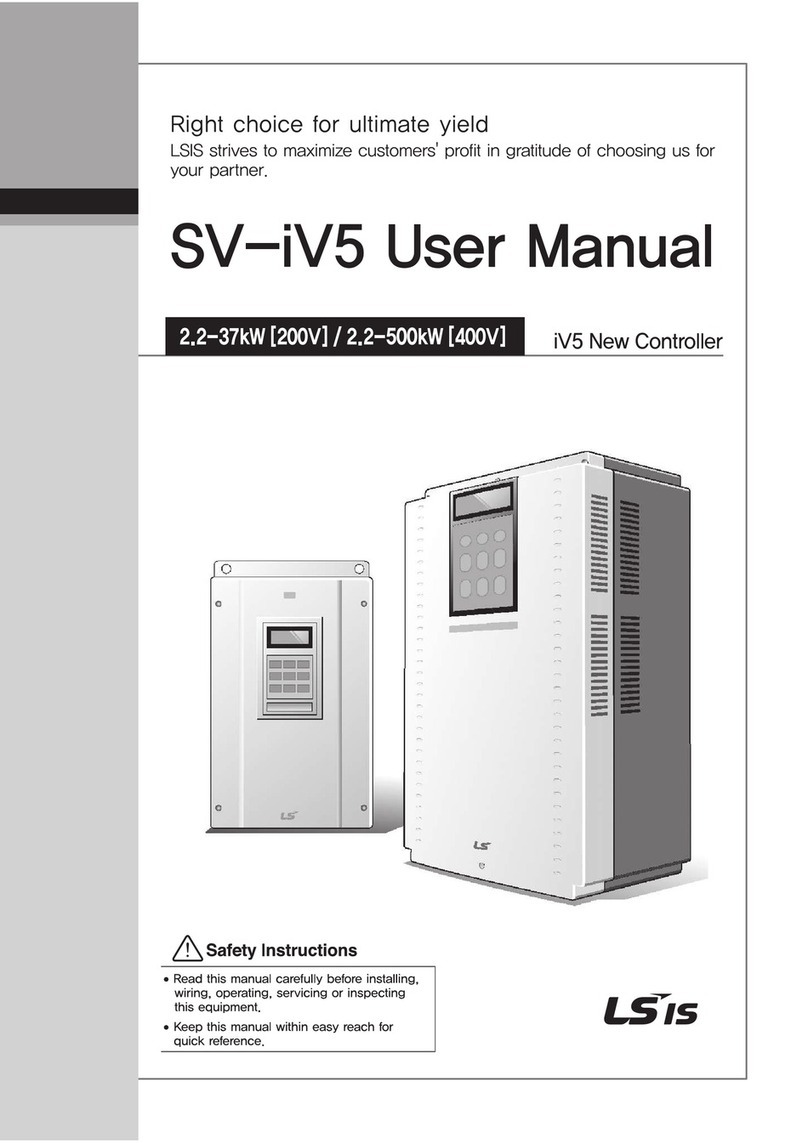
Manual Energy Saving Operation ...........................................210
Automatic Energy Saving Operation.......................................211
5.15 Speed Search Operation......................................................................211
5.16 Auto Restart Settings............................................................................215
5.17 Operational Noise Settings (carrier frequency settings).....................216
5.18 2nd Motor Operation...............................................................................218
5.19 Supply Power Transition.......................................................................219
5.20 Cooling Fan Control..............................................................................220
5.21 Input Power Frequency and Voltage Settings.....................................221
5.22 Read, Write, and Save Parameters.....................................................222
5.23 Parameter Initialization..........................................................................223
5.24 Parameter View Lock............................................................................224
5.25 Parameter Lock.....................................................................................225
5.26 Changed Parameter Display................................................................226
5.27 User Group............................................................................................227
5.28 Easy Start On........................................................................................228
5.29 Config(CNF) Mode................................................................................229
5.30 Timer Settings........................................................................................230
5.31 Brake Control.........................................................................................231
5.32 Multi-Function Output On/Off Control ..................................................232
5.33 Press Regeneration Prevention...........................................................233
5.34 Analog Output........................................................................................234
Voltage and CurrentAnalog Output.........................................234
Analog Pulse Output.................................................................237
5.35 Digital Output.........................................................................................240
Multi-function Output Terminal and Relay Settings.................240
FaultTrip Output using Multi-Function Output
Terminal and Relay..................................................................244
Multi-function OutputTerminal Delay Time Settings...............245
5.36 Keypad Language Settings..................................................................246
5.37 Operation State Monitor........................................................................246
5.38 OperationTime Monitor........................................................................249
6Learning Protection Features......................................................................250
